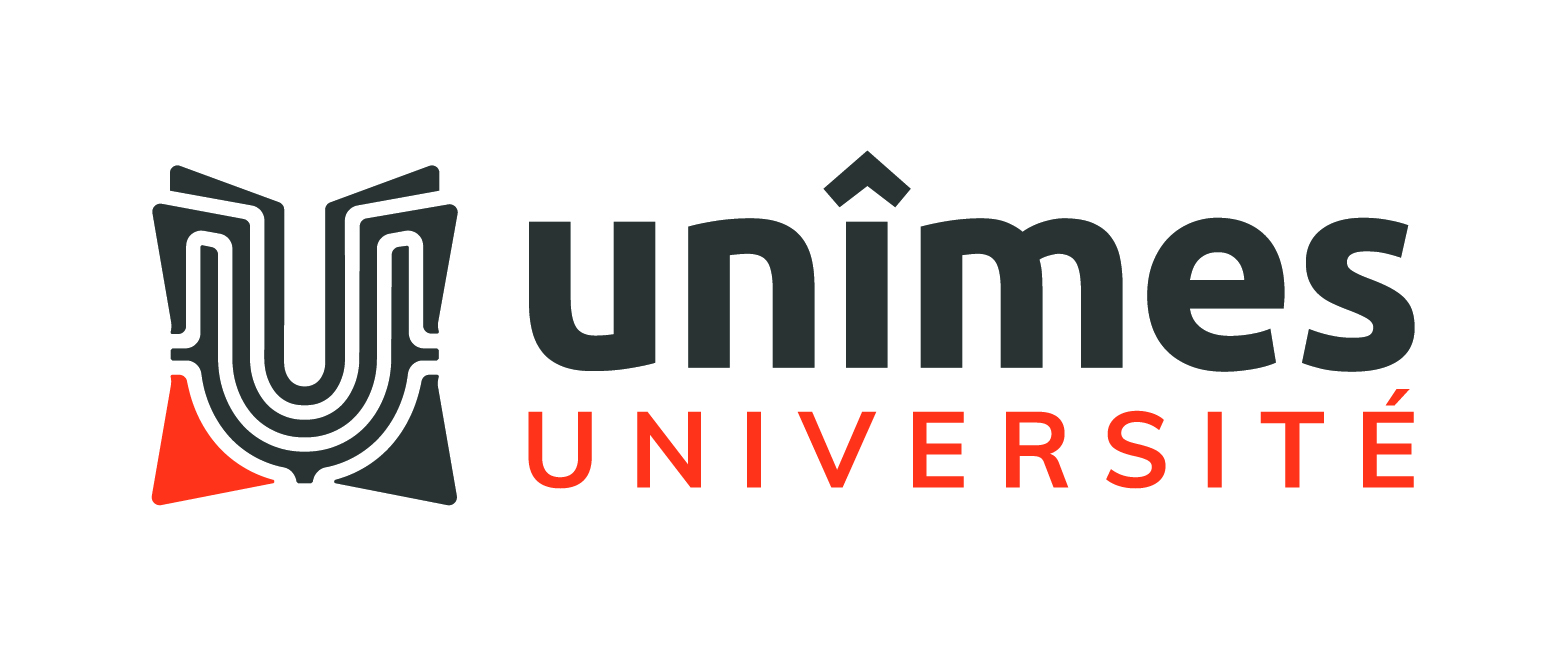Sr isotope discrimination of multi species aquaculture productions at a worldwide scale and contribution of the water reservoir in Sr plant input
Résumé
Aquatic plants commonly used in landscaping or as ornaments are subject to a growing worldwide market that is source of trade between countries which can induce the transfer of unwanted invasive alien plant species. To protect national biodiversity and economy, authorities promote the use of local markets without however providing the method to do so. This study deals with the feasibility of using Sr stable isotopes for discriminating the origin of aquatic plants at a worldwide scale. More than 15 aquatic plant species were collected from main producers in four countries (China, Hungary, Germany, France). Each plant was analysed for its 87Sr/86Sr ratio and the results are compared within samples from each producer and between countries. For a given produce, significant 87Sr/86Sr can be measured as a function of the plant species. However, at the scale of Europe, plants from different producers are almost isotopically identical with 87Sr/86Sr ratios of 0.71228 ± 218.10−5, 0.71116 ± 178.10−5 and 0.71066 ± 156.10−5 for France, Hungary and Germany, respectively. These values are clearly distinguishable from those measured in Chinese aquatic plants, which yield a mean 87Sr/86Sr ratio of 0.70591 ± 168.10−5. This Sr isotopic discrimination between European and Chinese aquatic plants is explained by the specific agricultural and hydrogeological environments of the producing countries. Indeed, the cycle of Sr in aquatic plants is studied here for the first time. Natural and anthropic materials of French origin were collected and characterized in terms of 87Sr/86Sr. Mixing models reveal that irrigation water is the main source of Sr for plants (35–85%). Clays from the substrate (4–38%) and fertilizers (5–19%) can also contribute, in proportions depending on the plant species. This model accounts for the small variations in 87Sr/86Sr ratios of species from the same producer and allows a discrimination between producers using different agricultural practices.
Origine : Publication financée par une institution
Loading...




